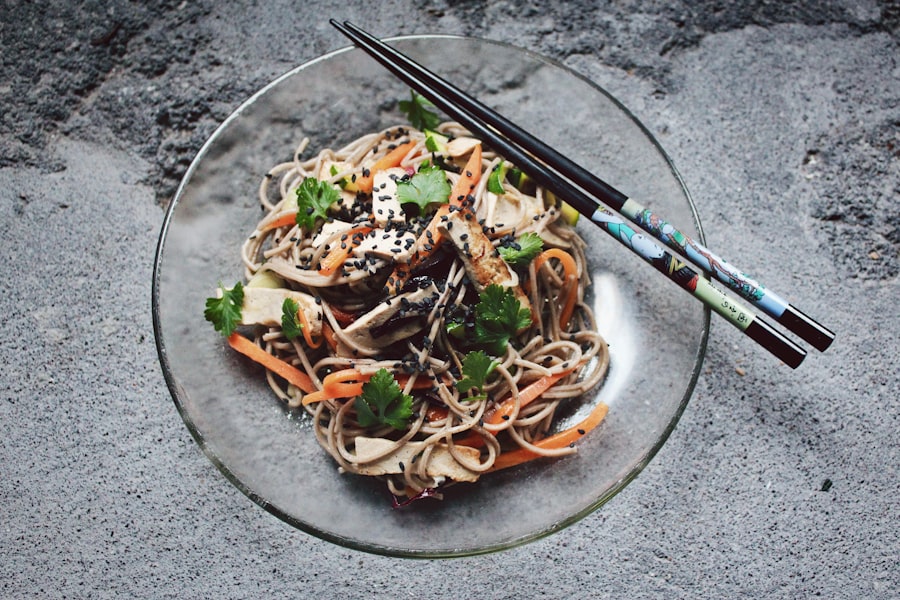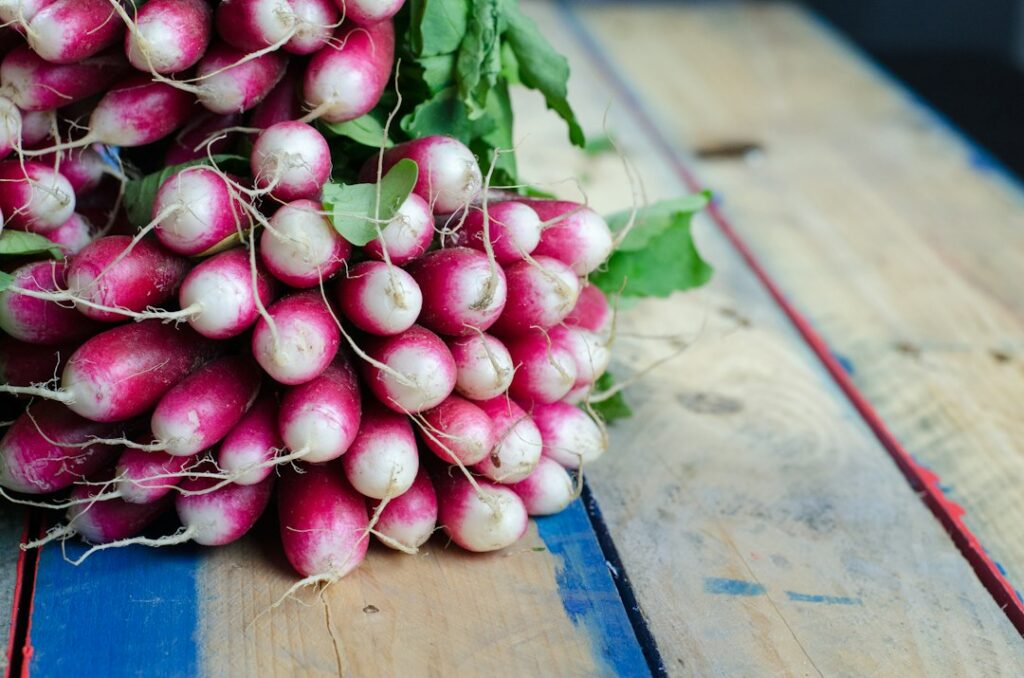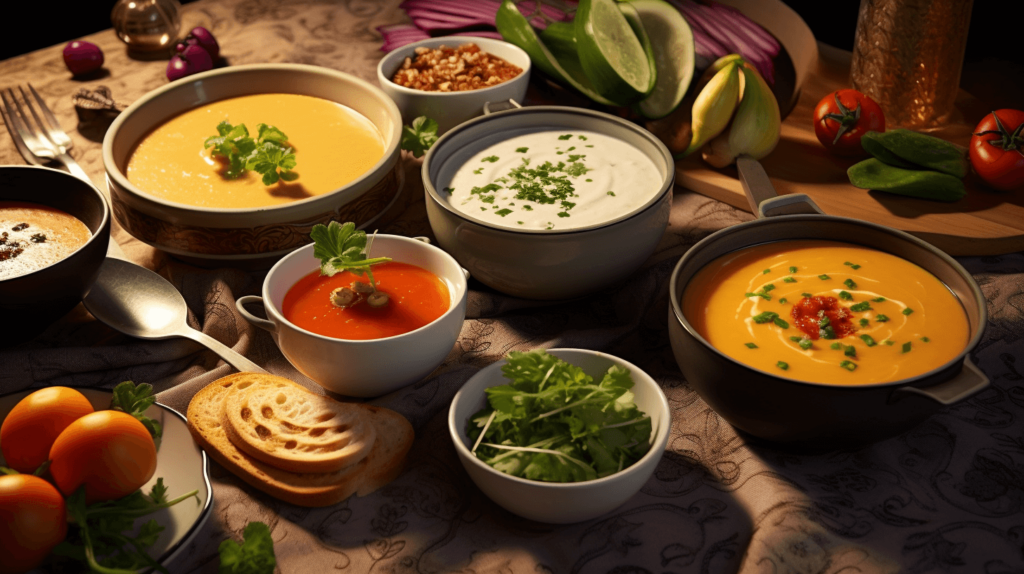Welcome to our blog post all about soup! In this article, we will take you on a journey around the world to explore the diverse and delicious soups that different cultures have to offer. Whether you’re a seasoned soup enthusiast or just starting to dip your spoon into the world of soups, this post is for you. We will share tips and tricks for making the perfect soup, elevate basic soups with simple additions, improve classic soup recipes with creative twists, provide a soup cooking guide, and delve into the unique flavors of Asian, European, African, South American, and Middle Eastern soups. Get ready to satisfy your taste buds and expand your culinary horizons!
Soup Cooking Secrets: Tips and Tricks from Around the World
Soup-making techniques vary from culture to culture, and each one brings its own unique flavors and textures to the table. In Asian cuisine, for example, many soups start with a flavorful broth made from scratch using ingredients like ginger, garlic, and lemongrass. This broth is then simmered for hours to extract all the delicious flavors. In contrast, European soups often rely on rich stocks made from bones or vegetables, which are then combined with other ingredients to create hearty and comforting dishes.
When it comes to achieving the perfect soup consistency and flavor, there are a few key tips to keep in mind. First, be sure to season your soup throughout the cooking process. Adding salt and other seasonings in layers will help build depth of flavor. Additionally, don’t be afraid to experiment with different herbs and spices to enhance the taste of your soup. Finally, consider using a variety of textures in your soup by adding ingredients like crunchy vegetables or tender meats.
Elevating Basic Soups: Simple Additions for Extraordinary Flavor
Sometimes all it takes is a few simple additions to transform a basic soup into something extraordinary. Adding extra ingredients can enhance the taste, texture, and visual appeal of your soup. For example, a simple tomato soup can be elevated by adding roasted red peppers or a dollop of creamy goat cheese. Similarly, a classic chicken noodle soup can be taken to the next level with the addition of fresh herbs like thyme or a squeeze of lemon juice.
When it comes to flavorings, the possibilities are endless. Consider adding spices like cumin, paprika, or turmeric to add depth and complexity to your soup. Fresh herbs like basil, cilantro, or parsley can brighten up the flavors and add a pop of freshness. Don’t forget about umami-rich ingredients like soy sauce, miso paste, or fish sauce, which can add a savory depth to your soups.
Improving Soup Recipes: Creative Twists on Classic Dishes
If you’re looking to put a unique spin on classic soup recipes, there are plenty of creative options to explore. One idea is to incorporate different ingredients that you wouldn’t typically find in a particular soup. For example, instead of using traditional beef in a French onion soup, try using short ribs for a richer and more flavorful broth. Or, instead of using chicken in a tortilla soup, try using shrimp for a seafood twist.
Another way to improve classic soup recipes is by experimenting with different cooking methods. For example, instead of simmering a vegetable soup on the stovetop, try roasting the vegetables first for a deeper and more caramelized flavor. Or, instead of boiling noodles separately for a ramen soup, try cooking them directly in the broth for a more flavorful and cohesive dish.
Soup Cooking Guide: Techniques for Perfecting Your Soup Game
Making soup from scratch may seem intimidating, but with the right techniques and tips, anyone can become a master soup chef. Here is a step-by-step guide to help you perfect your soup game:
1. Start with a flavorful base: Whether it’s a homemade stock or a store-bought broth, make sure your base is packed with flavor. This will be the foundation of your soup.
2. Sauté aromatics: Heat some oil or butter in a large pot and sauté onions, garlic, and other aromatic vegetables until they are soft and fragrant. This step adds depth and complexity to your soup.
3. Add vegetables and proteins: Add your choice of vegetables and proteins to the pot and cook until they are tender. This can include anything from carrots and celery to chicken or tofu.
4. Season to taste: Don’t forget to season your soup with salt, pepper, and any other herbs or spices that you like. Taste as you go and adjust the seasoning accordingly.
5. Simmer and let flavors meld: Allow your soup to simmer for at least 30 minutes to let all the flavors meld together. The longer you simmer, the more flavorful your soup will be.
6. Serve and enjoy: Ladle your soup into bowls and garnish with fresh herbs, a drizzle of olive oil, or a sprinkle of cheese. Serve with crusty bread or crackers for a complete meal.
Exploring Asian Soups: From Pho to Tom Yum

Asian cuisine is known for its bold flavors and aromatic spices, and their soups are no exception. From the rich and fragrant Vietnamese pho to the spicy and tangy Thai tom yum, Asian soups offer a wide range of flavors to explore.
Pho is a traditional Vietnamese soup made with beef or chicken broth, rice noodles, and various cuts of meat. It is typically flavored with spices like star anise, cinnamon, and cloves, and garnished with fresh herbs like cilantro and Thai basil. To make pho at home, start by simmering beef or chicken bones with aromatics like ginger and onion to create a flavorful broth. Then, cook rice noodles according to package instructions and assemble the soup by adding the noodles, broth, and desired toppings.
Tom yum is a popular Thai soup known for its spicy and sour flavors. It is made with a fragrant broth flavored with lemongrass, kaffir lime leaves, galangal, and chili peppers. The soup is typically filled with shrimp or chicken, mushrooms, and vegetables. To make tom yum at home, start by simmering the aromatics in a pot of water to create a flavorful base. Then, add your choice of protein, vegetables, and seasonings like fish sauce and lime juice. Simmer until everything is cooked through and serve hot.
Savoring European Soups: From French Onion to Gazpacho
European soups are known for their comforting flavors and hearty ingredients. From the rich and cheesy French onion soup to the refreshing and chilled Spanish gazpacho, European soups offer a wide range of tastes to satisfy any palate.
French onion soup is a classic dish made with caramelized onions, beef broth, and topped with melted cheese and toasted bread. To make this soup at home, start by thinly slicing onions and cooking them slowly in butter until they are caramelized. Then, add beef broth and simmer until the flavors meld together. Ladle the soup into oven-safe bowls, top with toasted bread slices and grated cheese, and broil until the cheese is melted and bubbly.
Gazpacho is a cold Spanish soup made with fresh tomatoes, cucumbers, bell peppers, onions, garlic, olive oil, vinegar, and bread. It is typically served chilled and garnished with diced vegetables. To make gazpacho at home, start by blending all the ingredients together until smooth. Adjust the seasoning to taste and chill in the refrigerator for at least an hour before serving. Serve the gazpacho in bowls or glasses and garnish with diced vegetables and a drizzle of olive oil.
Delving into African Soups: From Peanut to Harira
African soups are known for their bold flavors and unique combinations of ingredients. From the rich and nutty West African peanut soup to the hearty and aromatic Moroccan harira, African soups offer a taste of the continent’s diverse culinary traditions.
Peanut soup, also known as groundnut soup, is a popular dish in West Africa. It is made with a base of ground peanuts, tomatoes, onions, and spices like ginger, garlic, and chili peppers. To make peanut soup at home, start by grinding roasted peanuts into a smooth paste. Then, sauté onions, garlic, and other aromatics in a pot until they are soft and fragrant. Add the peanut paste, tomatoes, and spices to the pot and simmer until the flavors meld together. Serve the soup hot with rice or fufu.
Harira is a traditional Moroccan soup often enjoyed during Ramadan. It is made with a base of tomatoes, lentils, chickpeas, and spices like cinnamon, turmeric, and ginger. To make harira at home, start by sautéing onions, garlic, and spices in a pot until they are fragrant. Add chopped tomatoes, lentils, chickpeas, and vegetable broth to the pot and simmer until everything is cooked through. Finish the soup by adding fresh herbs like cilantro or parsley and serve hot with crusty bread.
Discovering South American Soups: From Caldo Verde to Locro
South American soups are known for their hearty ingredients and rich flavors. From the comforting Portuguese caldo verde to the flavorful Argentine locro, South American soups offer a taste of the continent’s diverse culinary traditions.
Caldo verde is a traditional Portuguese soup made with potatoes, kale, onions, garlic, and chorizo. It is typically served hot and garnished with a drizzle of olive oil. To make caldo verde at home, start by sautéing onions and garlic in a pot until they are soft and fragrant. Add diced potatoes and chicken or vegetable broth to the pot and simmer until the potatoes are tender. Mash some of the potatoes to thicken the soup, then add thinly sliced kale and cook until wilted. Serve hot with slices of chorizo on top.
Locro is a hearty Argentine soup made with corn, beans, squash, meat, and spices. It is often enjoyed during the winter months and is known for its rich and comforting flavors. To make locro at home, start by sautéing onions, garlic, and spices in a pot until they are fragrant. Add diced meat like beef or pork and cook until browned. Then, add corn, beans, squash, and vegetable or meat broth to the pot and simmer until everything is cooked through. Serve hot with a sprinkle of fresh herbs on top.
Embracing Middle Eastern Soups: From Lentil to Avgolemono
Middle Eastern soups are known for their bold flavors and aromatic spices. From the hearty lentil soup to the tangy avgolemono soup, Middle Eastern soups offer a taste of the region’s diverse culinary traditions.
Lentil soup is a staple in Middle Eastern cuisine and is enjoyed in many countries across the region. It is made with red or brown lentils, onions, garlic, spices like cumin and turmeric, and sometimes vegetables like carrots or potatoes. To make lentil soup at home, start by sautéing onions and garlic in a pot until they are soft and fragrant. Add lentils, spices, and vegetable or chicken broth to the pot and simmer until the lentils are tender. Blend the soup until smooth or leave it chunky, depending on your preference. Serve hot with a squeeze of lemon juice and a sprinkle of fresh herbs.
Avgolemono soup is a traditional Greek soup made with chicken, eggs, lemon juice, and rice or orzo pasta. It is known for its tangy and creamy flavors. To make avgolemono soup at home, start by cooking chicken in a pot with onions, garlic, and spices until it is cooked through. Remove the chicken from the pot and shred it into bite-sized pieces. In a separate bowl, whisk together eggs and lemon juice until frothy. Slowly add some of the hot broth to the egg mixture, whisking constantly to temper the eggs. Then, add the egg mixture back into the pot and stir until the soup thickens slightly. Add cooked rice or orzo pasta and shredded chicken to the pot and simmer until everything is heated through. Serve hot with a sprinkle of fresh herbs on top.
Conclusion: Summarizing the Global Soup Tour
In this blog post, we have taken you on a global soup tour, exploring the diverse and delicious soups that different cultures have to offer. We have shared tips and tricks for making the perfect soup, elevated basic soups with simple additions, improved classic soup recipes with creative twists, provided a soup cooking guide, and delved into the unique flavors of Asian, European, African, South American, and Middle Eastern soups.
From the rich and fragrant pho of Vietnam to the comforting French onion soup of Europe, there is a world of flavors waiting to be explored in soups. We hope that this article has inspired you to try making new soup recipes at home and experiment with different ingredients and techniques. So grab your ladle and get ready to embark on your own global soup tour in your kitchen!
If you’re a soup lover looking to expand your culinary horizons, you won’t want to miss out on the Sweet Potato Glass Noodles recipe featured on Relish the Daily. This unique soup recipe combines the earthy sweetness of sweet potatoes with the delicate texture of glass noodles, creating a dish that is both comforting and exotic. Whether you’re a fan of Asian cuisine or simply looking for a new twist on traditional soup recipes, this article is sure to inspire your next culinary adventure. Check out the recipe here.





